
Floods from melting glaciers: Can they be predicted and prevented?
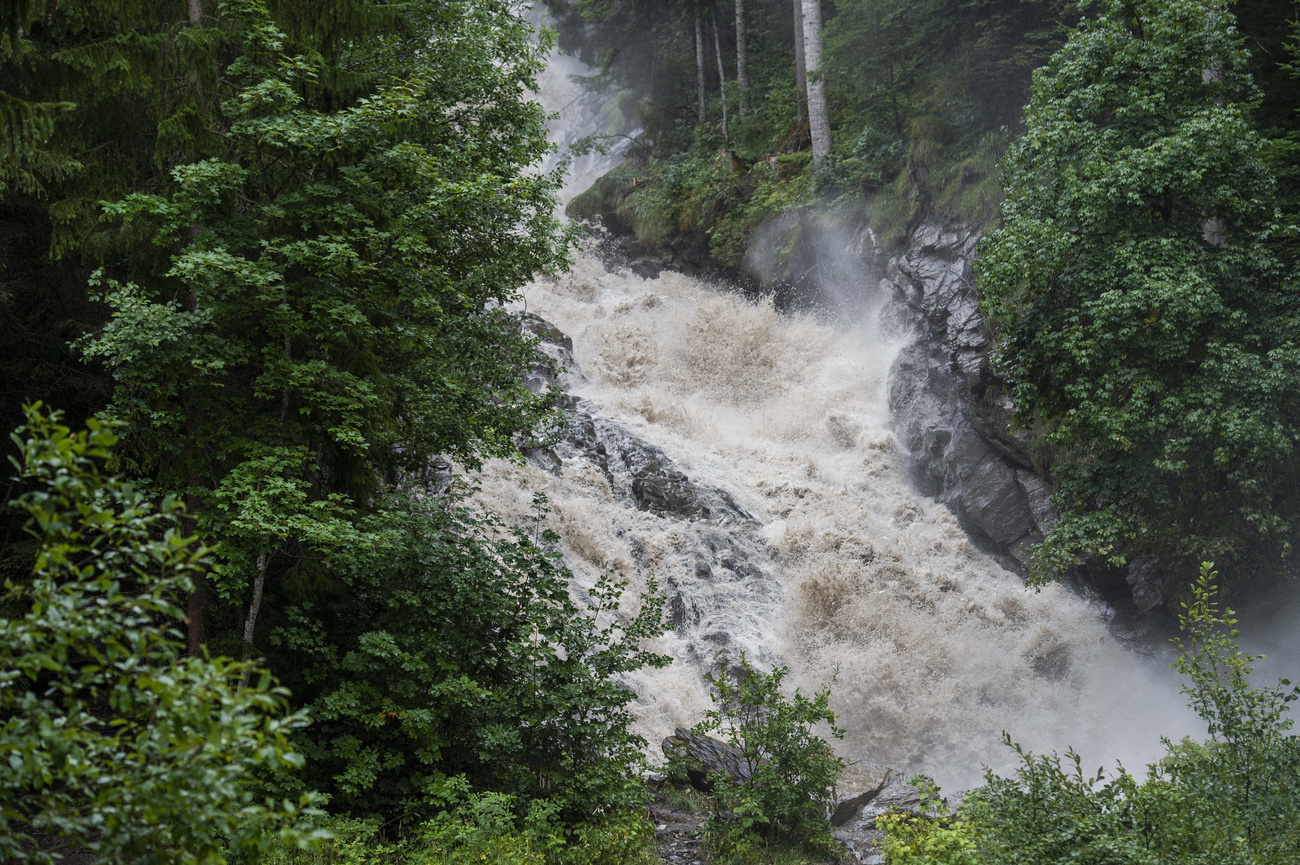
Millions of people are at risk of flooding from glacial lakes. Scientists are accelerating research into the risks and potential measures to mitigate such catastrophes, but it’s easier said than done.
One particular scene in a documentary, Einstein, produced by Swiss public television, SRF, triggers something in Shugui Hou, a Chinese glaciologist. In the scene, glacial meltwater is seen bursting out of a natural dam, devastating the Bernese valley below and causing flooding in parts of the village. The sight reminds him of a tragic event that took place in Tibet. On June 26, 2020, villagers in eastern Nyainqêntanglha were gathering medicinal herbs upstream when huge amounts of water, ice and rocks suddenly came pouring down from a glacial lake.
The ice or the piles of rocks and soil enclosing glacial lakes act as natural dams, but they are unstable. Heavy rainfall, snow or ice avalanches can raise the water level in glacial lakes and cause these dams to collapse. So-called glacial lake outburst floods (GLOFs) are one of the greatest but lesser-known hazards lurking in mountain regions, Hou explained after watching the SRF documentary Expedition Deep into the Glacier at the recent Global Science Film FestivalExternal link in Basel.
In Tibet, the water gushed down with incredible speed: scientists later estimatedExternal link that the dam discharged an average 5,602 cubic metres of water, the equivalent of 2.3 Olympic swimming pools, per second. Fortunately, no one was killed, but the raging flood inundated houses, farmland, roads and bridges in no time.
“It should make us think that such disasters have been around for centuries, but in recent years they have attracted the attention of the public and scientists in a dramatic and catastrophic way,” says Hou, whose professorship at Shanghai Jiao Tong University in China now focuses on ice and global change.
Although these sudden events already threaten millions of people, they are not yet well understood, and predictions remain highly speculative. Nevertheless, researchers in Switzerland and elsewhere are learning more and more about the dangers.
‘Tsunamis in the sky’
The causes of glacial lake outburst floods are known in principle: as climate change takes hold and glaciers retreat, lakes form behind natural dams. These dams can overflow or break and release huge amounts of meltwater without warning. The United Nations Development Programme speaks of “tsunamis in the sky”External link.
But why is it so difficult to predict such events? According to Caroline Taylor, a PhD student at Newcastle University who recently assessed the global threat of GLOFs, there are simply too many variables involved, meaning that “no two outbursts are ever the same”. Creating a single predictive model is, as with other natural disasters, extremely difficult. Scientists would miss events and corresponding prior warnings if certain criteria were favoured over others, she said.
In a paper published in February,External link Taylor and her colleagues mapped the potential risk. They found that 15 million people worldwide could be exposed to the impacts of potential GLOFs, with more than half of those living in India, Pakistan, China and Peru. The regions most at risk are the Himalayas and Andes. Switzerland has the second-lowest risk after New Zealand among the 30 countries analysed. Nevertheless, around 700,000 people in Switzerland could be exposed to a GLOF and the consequences.
GLOFs have been occurring for hundreds of yearsExternal link, at least that is how long they have been reported. But even Switzerland, a country with vast expertise in glacier dynamics and the modelling and monitoring of GLOFs, is unable to completely prevent a disaster.
“It’s an illusion to find a ‘one-size-fits-all’ strategy,” says Mauro Werder, a glaciologist at the federal technology institute ETH Zurich. The biggest challenge is that existing technologies cannot accurately measure changes in a glacier’s channel system.
There are countless very small cracks in a glacier or at the interface between ice and bedrock that are constantly developing and moving, contributing to the formation of glacial lakes, Werder explains. Scientists can detect only a general trend, he says, but they have no idea whether these cracks will grow to several metres. It’s also not known whether glacial meltwater is draining slowly through the cracks, or whether it accumulates rapidly until a critical volume is reached that leads to a GLOF. “Maybe it will never happen, maybe once or repeatedly,” he says.
The photos below show what it’s like to travel into the Plaine Morte glacier in western Switzerland to assess the situation:
Expensive experiments
In 2008 a tunnel worth CHF15 million ($16.6 million) was built in the Bernese Alps to drain the meltwater lake of the Lower Grindelwald Glacier. Unfortunately, Werder says, the tunnel worked for only a few years and then lost its effect because the glacier retreated even faster than expected.
The SRF Einstein documentary illustrated another ambitious Swiss experiment: In 2019 the local authorities constructed a drainage tunnel through the glacierExternal link. This glacier stretches between the cantons of Bern and Valais and collects over a billion litres of meltwater every summer.
The tunnel drains one of the glacial lakes artificially and aims to mitigate the GLOF risk, which poses a constant threat to the village of Lenk below. Local officials have questioned the actual risk of a GLOFExternal link and whether a tunnel is the most cost-effective strategy to mitigate it, although the project has been scientifically accompaniedExternal link by the Swiss Federal Institute for Forest, Snow and Landscape Research WSL.
Chinese glaciologist Hou says that such interventions shouldn’t be assessed and validated on a cost-benefit basis, as there is no “one-size-fits-all” solution. Any mitigation measure may have a temporary effect, he adds, but is necessary.
Expedition Deep into the Glacier, which can be streamed below, takes viewers into the Plaine Morte glacier as the drainage tunnel is built.
Many glaciers go unmonitored
Hou stresses that scientists agree on one point: it is very likely that glacial lakes will increase in size and number and that flooding will become more frequent under a warmer and wetter climate.
Caroline Taylor says more people will be exposed to such events in the coming years if populations near glacial lakes continue to grow and no mitigation measures are taken.
Historically, Iceland and the North American Cordillera were considered “hotspots” for glacier lake outburst floods (GLOFs).
But according to Caroline Taylor at Newcastle University, it’s hard to say if this is a real trend in terms of frequency and magnitude, or simply the result of long-term documentation.
Many GLOFs occur unnoticed at high elevations or aren’t accurately recorded, thus scientists still do not have a complete database of historic GLOF events.
In terms of where needs monitoring and planning, Taylor and her colleagues highlight in their latest paper the likes of Pakistan in High Mountain Asia as a key area where GLOF danger is high as well as the Andes, where records are incomplete and sparce.
Monitoring the situation is much easier in Switzerland, where glacial lakes are quite accessible, than in much larger countries like China or India, where the lakes are isolated and expensive to reach. Geopolitical tensions also stand in the way.
But Taylor is seeing progress here, with GLOF monitoring crossing borders and information being shared between countries, like India and Bhutan, where there used to be a lack of communication and data sharing. “Things are moving in the right direction”, she says.
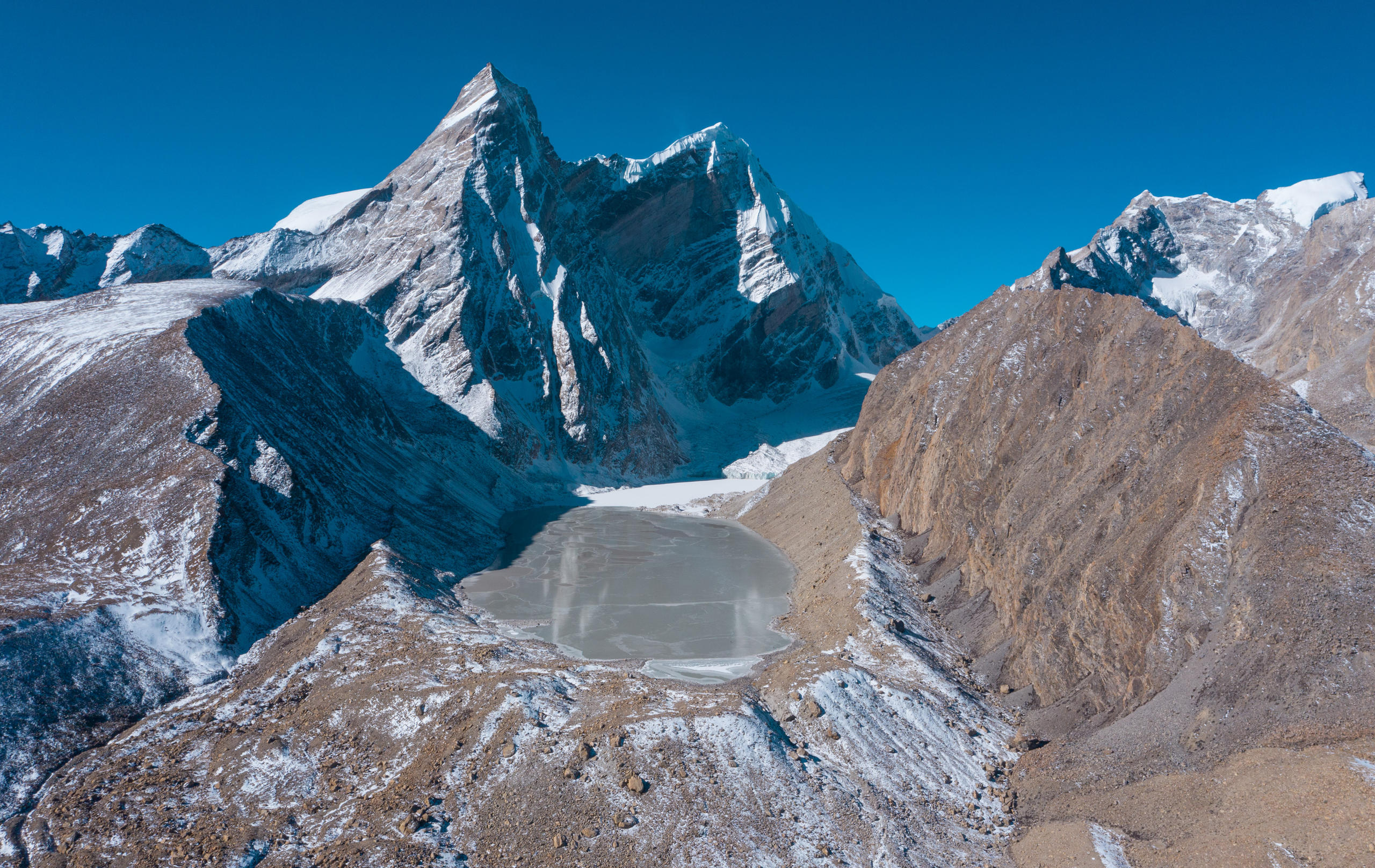
More
Himalayan nations can no longer ignore an environmental time bomb
Edited by Sabrina Weiss and Veronica DeVore

In compliance with the JTI standards
More: SWI swissinfo.ch certified by the Journalism Trust Initiative





































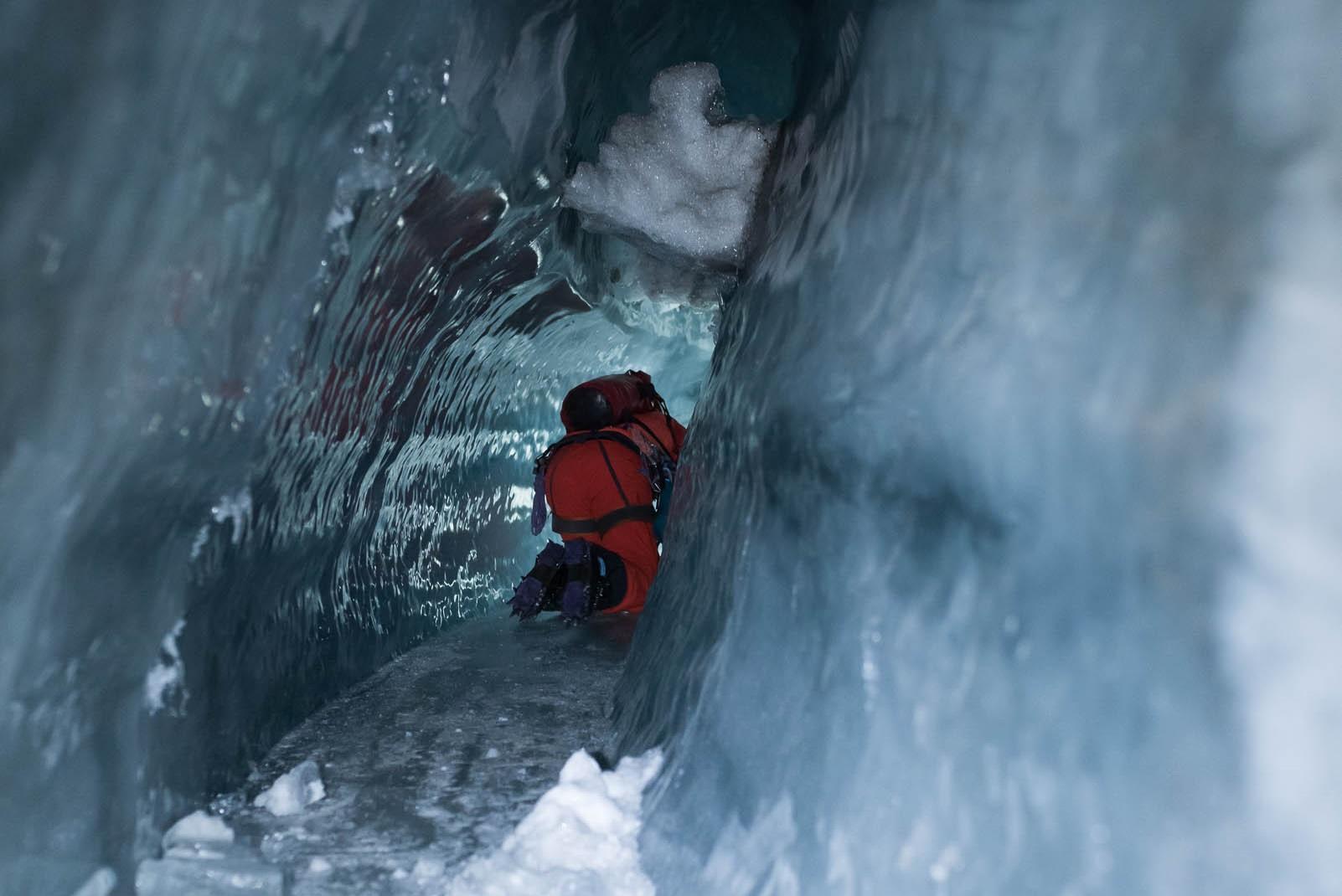
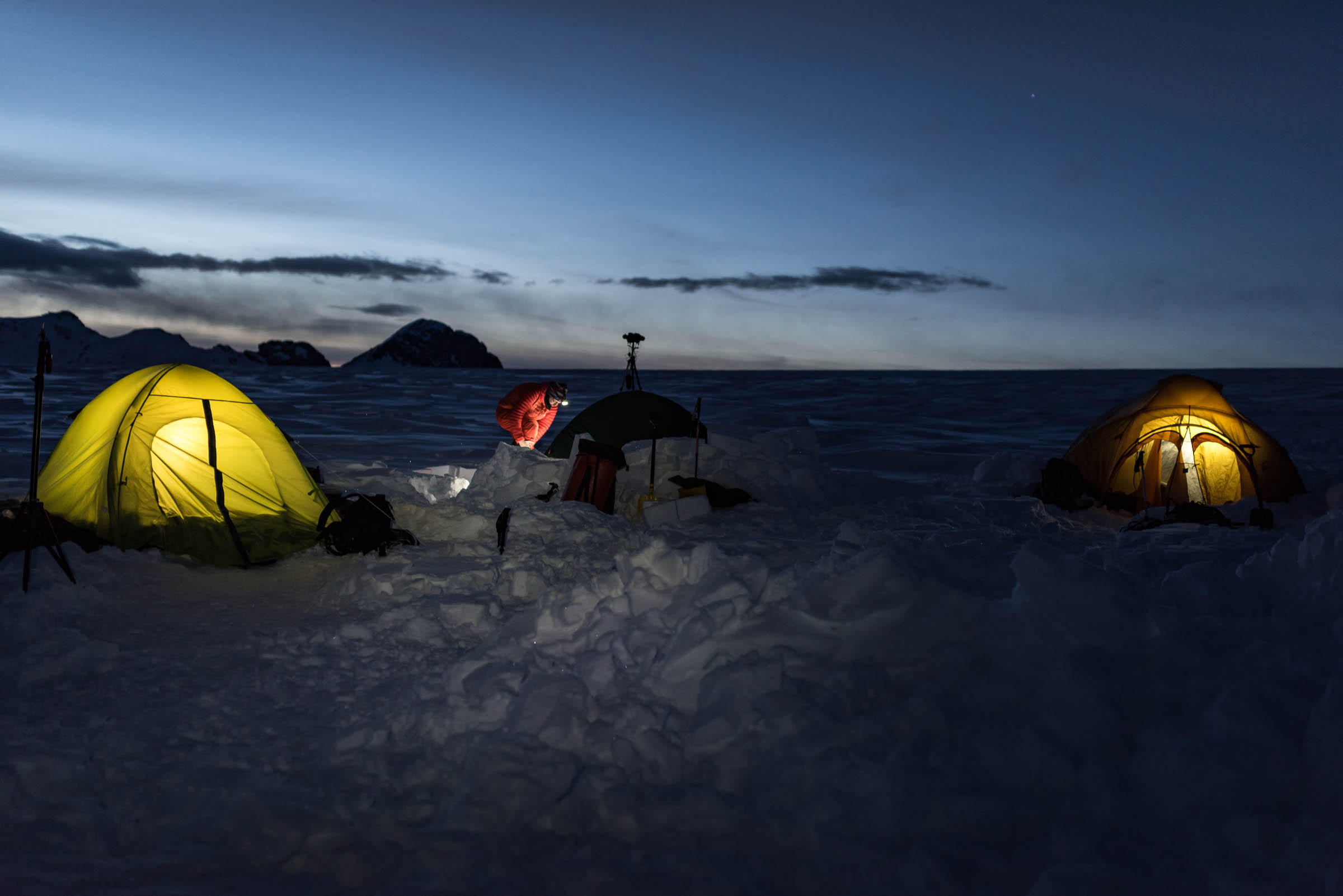

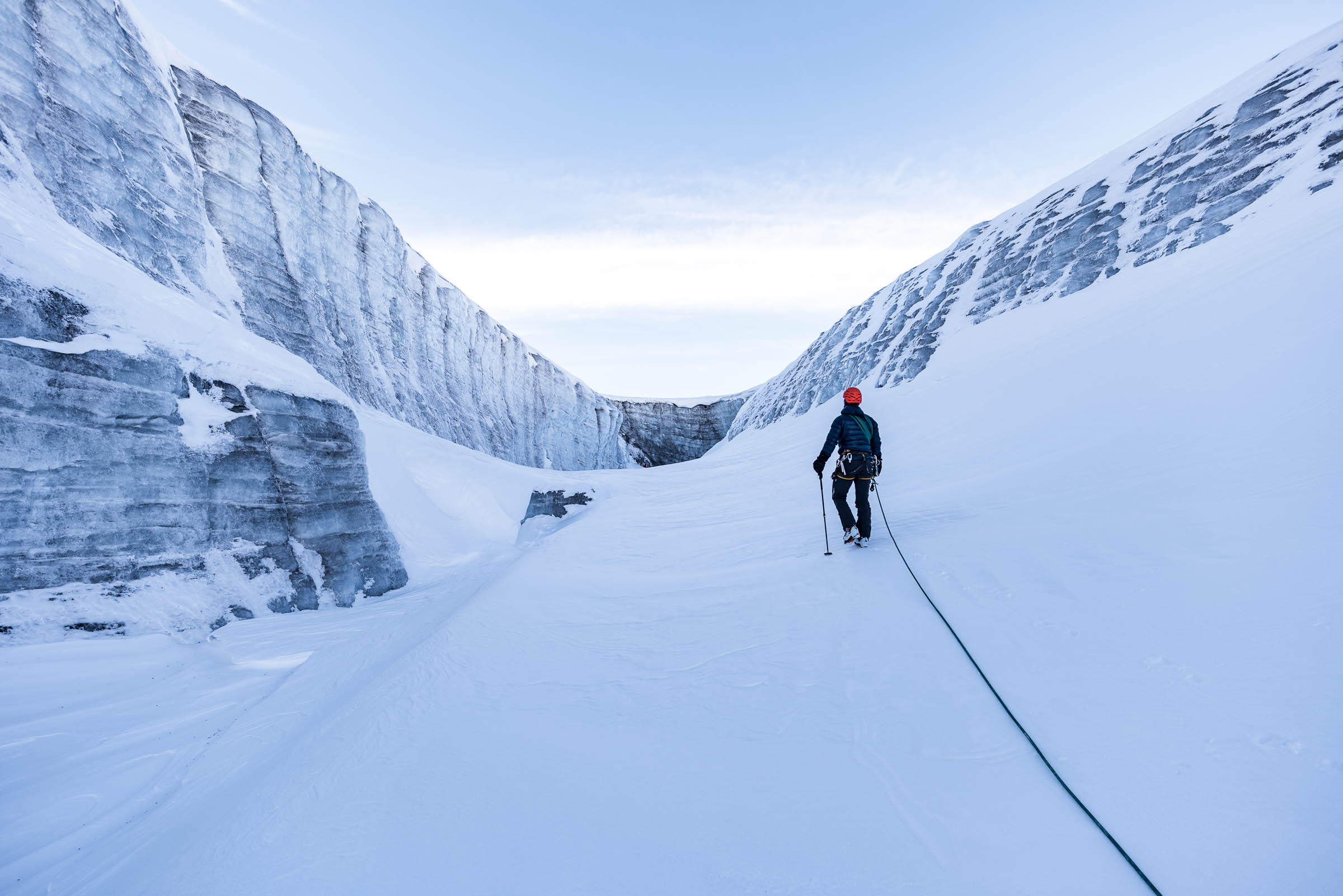
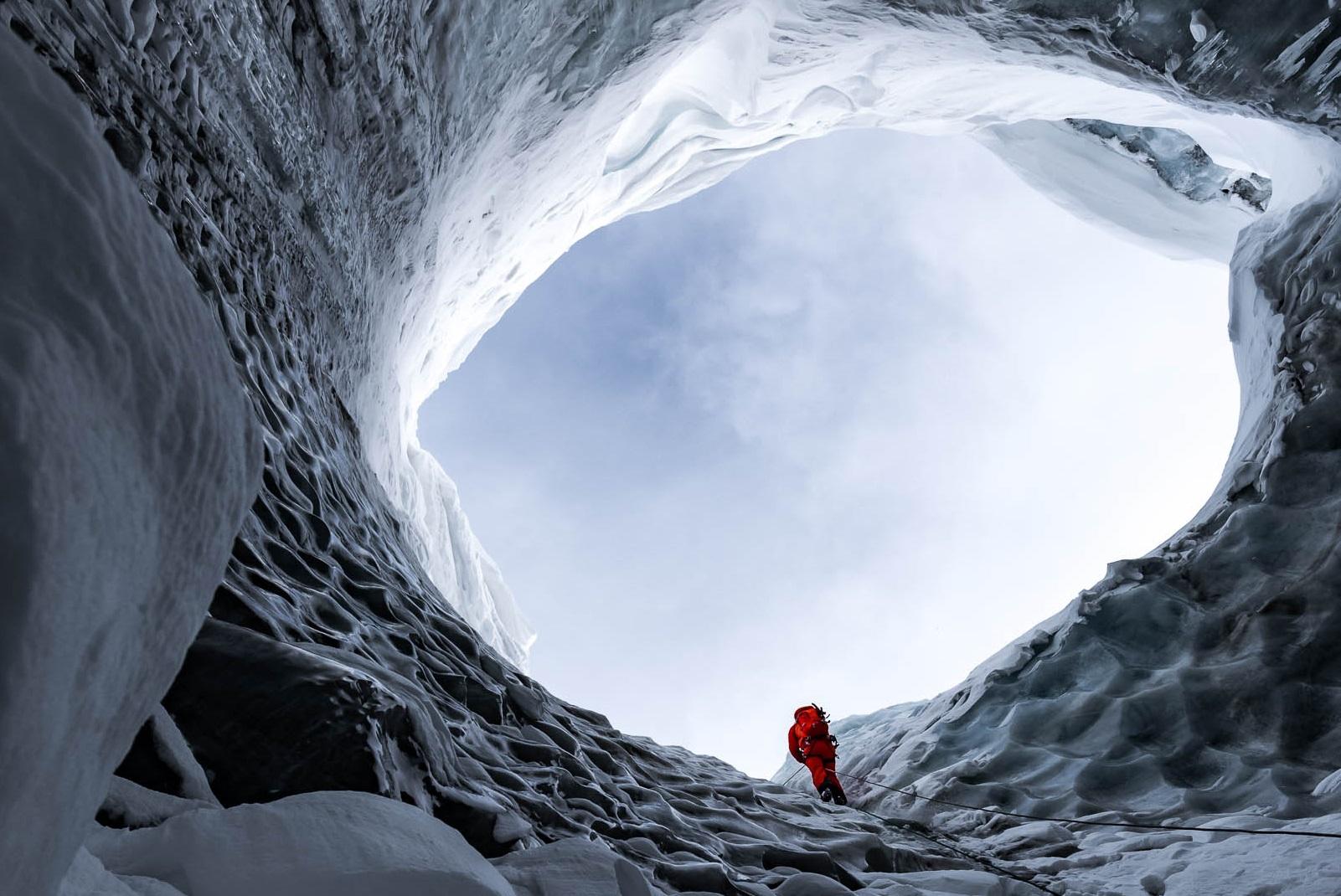
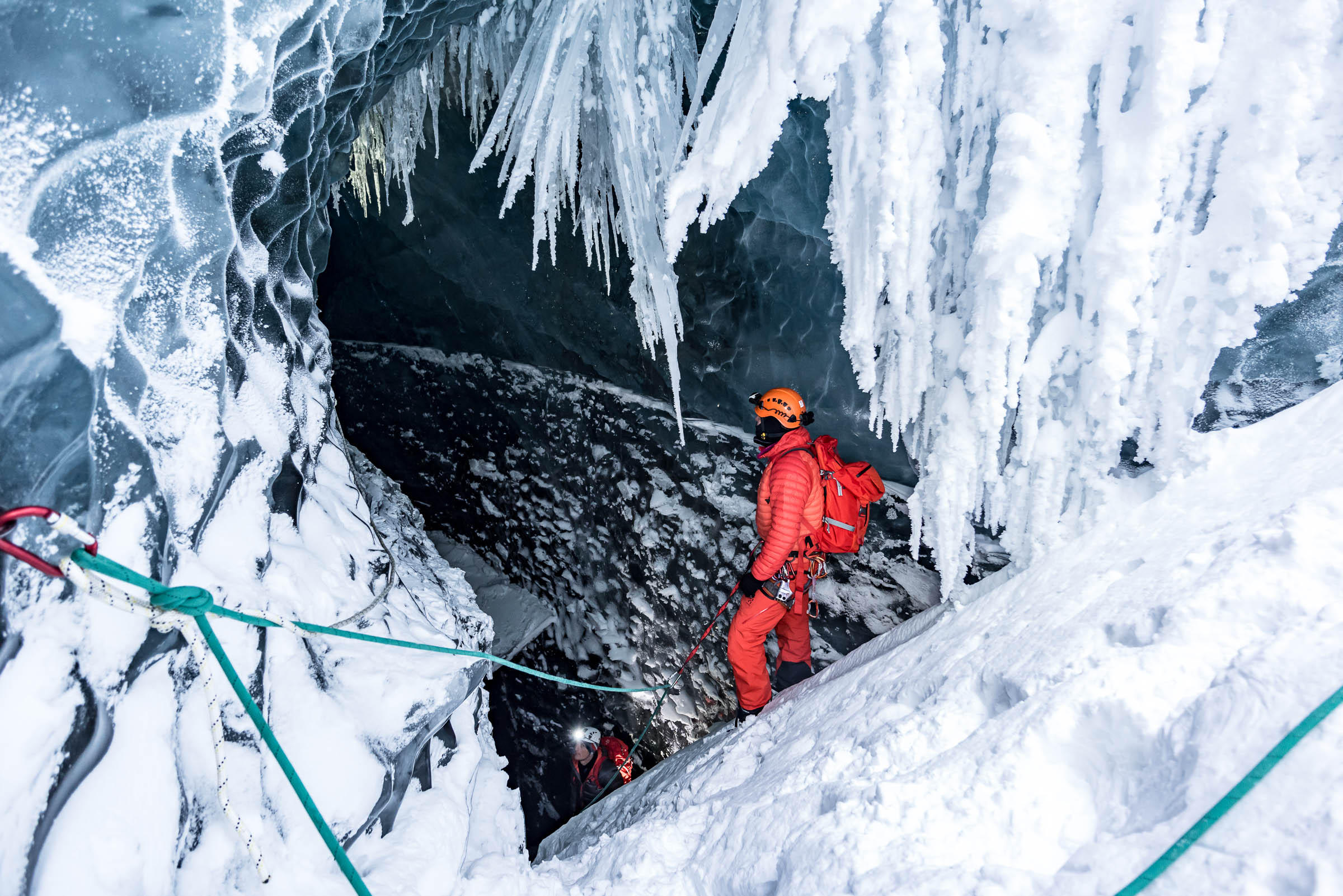



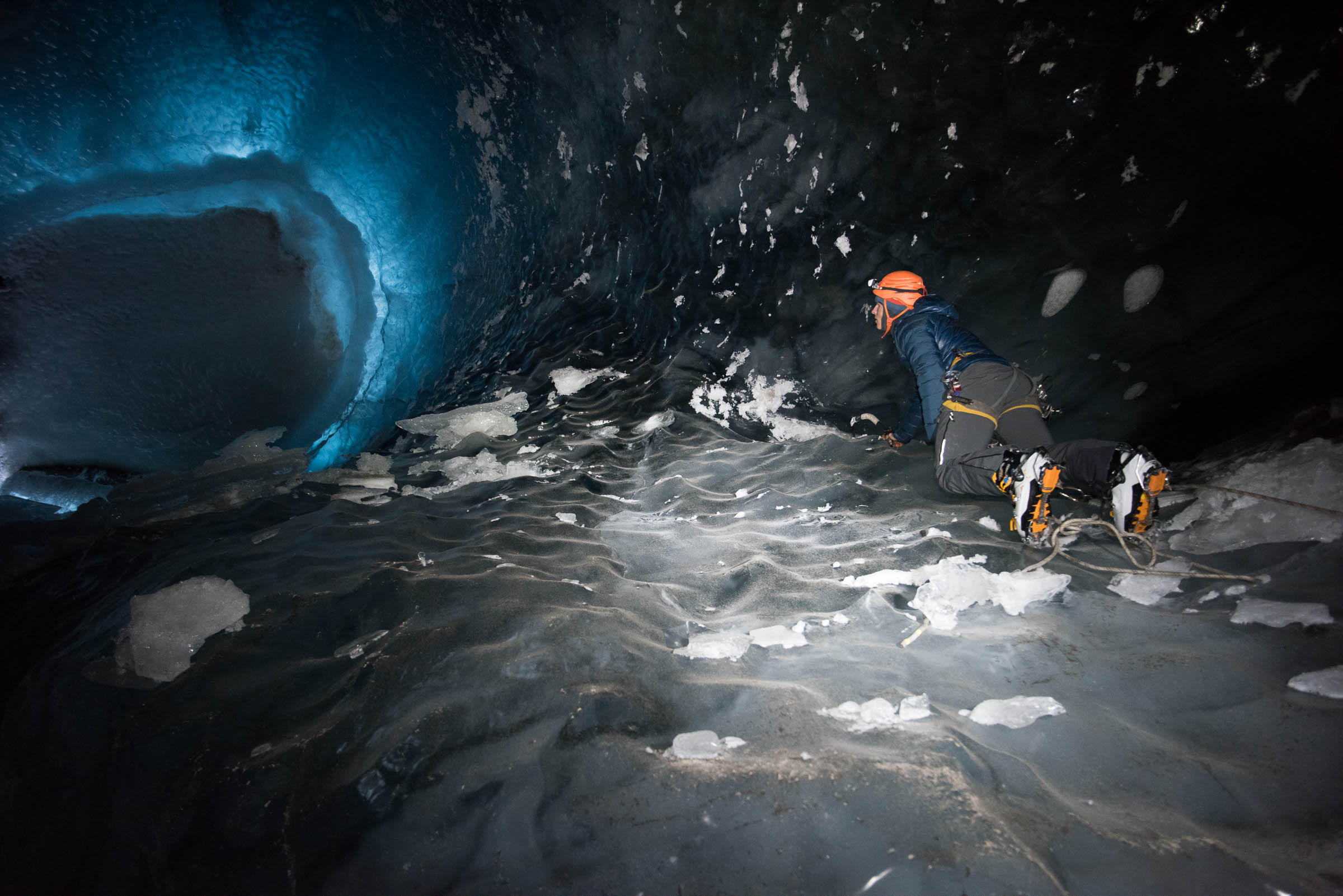

You can find an overview of ongoing debates with our journalists here . Please join us!
If you want to start a conversation about a topic raised in this article or want to report factual errors, email us at english@swissinfo.ch.